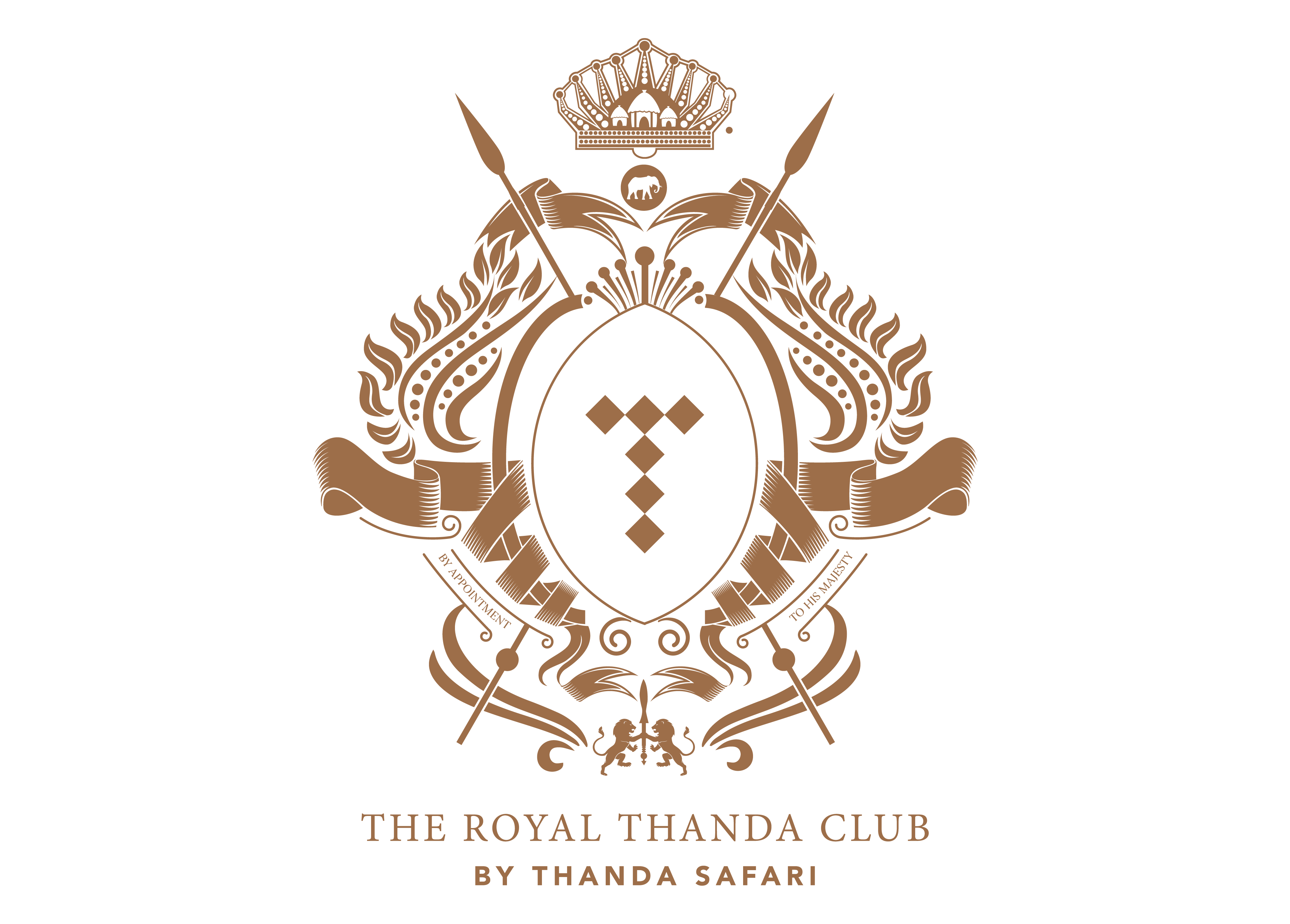The fastest land mammal on earth, the cheetah, is on the wildlife endangered list. To help stabilise and grow the population of this immaculate big cat, Thanda Safari, a celebrated Big Five private game reserve in northern KwaZulu-Natal, South Africa, is part of a cheetah conservation project. Every adult cheetah on Thanda Safari is collared to monitor and manage them. If they get injured, the wildlife team can quickly find them and attend to them.
For a cheetah experience in South Africa, Thanda Safari is a great choice. Guests on safari regularly see cheetah in the wild here, and mothers with their cubs are a top favourite.
Guests often point out the black line on the cheetah’s face, extending from the eye all the way to the chin. It’s known as the tear line and it apparently helps to reduce glare from the sun.
Cheetah speed has always fascinated people. Its whole body is designed for speed and it can accelerate from 0kms per hour to over 100kms per hour in a matter of seconds when hunting down its prey. Cheetah hunt during the day when the bigger predators such as lions, leopards and hyenas are generally resting as they are a danger to the cheetah and prone to stealing its prey. Cheetah in the wild live for between 8 to 14 years; the males have shorter lives because they fight.
Thanda Safari intentionally clears areas that have been encroached with invasive species like sickle bush to extend the territory and space for the cheetahs as they needs large open savanna grasslands. They love to lie on termite hills and observe the surroundings, always on the alert.
SOME INTERESTING FACTS
Thanda Safari, a beautiful Big Five private game reserve in northern KwaZulu-Natal, South Africa, partners with other reserves in a cheetah conservation and exchange programme. All the cheetah in the world today are descendants from a very few individuals. The species has the least diversity of genetic material, and there are only an estimated 7000 cheetah left in Africa, which puts it at serious risk.
Lithe and lean, the body of a cheetah is as long as a leopard’s but higher on the legs, which are thin and muscular. Its tail is long and thick and used as a rudder to counterbalance the cheetah’s weight while making sharp turns at high speed in pursuit of its prey. They are the only cats with semi-retractable claws, like the spikes on a running shoe. All other cats’ claws are fully retractable, hence cheetah tracks often look like hyaena tracks, with visible claw marks in front of their pads.
Cheetah are generally solitary except when the mother has cubs and she stays with them until they can hunt for themselves at about 1.5 to 2 years. The males, usually brothers, sometimes form coalitions. At Thanda Safari, a Big Five private game reserve in northern KwaZulu-Natal, South Africa, guests often see cheetah on safari, which they absolutely love.
One of the cheetah females on Thanda Safari suffered a womb injury and when she gets further on in her approximately 92-day gestation, she can’t hunt. The wildlife team brings her into the bomas at this stage and looks after her until she gives birth and until the cubs are about four months old. This programme has been very successful. Cheetah females have three to five cubs but they are very vulnerable to other predators, including other big cats, hyaenas and even eagles.
Cheetah mainly prey on small- to medium size savanna antelope such as impala or steenbok or young inyala. They’ll also take down hares or birds like guinea fowl.
The cheetah kills as quietly as possible, hunting down its prey at phenomenal speeds that can reach over 100kms an hour and grabbing its prey by the throat to sever the vocal cords and stop the prey from vocalising, which would announce what is happening to other predators. It all happens in under a minute.
A MAJESTIC ANIMAL TO SEE ON ANY SAFARI
On Thanda Safari, a magnificent Big Five private game reserve in KwaZulu-Natal, South Africa, the game rangers and trackers often spot cheetah. It’s a delight for guests on safari as it is one of the animals that guests most want to see.
Thanda Safari takes guests on game drives or bush walks, which are an utterly exhilarating experience of all species great and small – from a cheetah to an elephant – all of which play such an important role in keeping the ecosystem alive and healthy.
One of the questions guests often ask about cheetah is how fast they can run.
It’s the fastest land mammal and it can accelerate from 0kms to over 100kms per hour in a matter of seconds while chasing their prey.
Typically, cheetah stalk their prey, stealthily approaching in a semi-crouched position and freezing mid-stride and dropping to the ground in a complete crouch if the animal looks up. The final rush takes the form of a high-speed chase, often over several hundred metres, during which the twists and turns of the prey are relentlessly followed.
The acceleration, once the cheetah commits itself, is astonishing to witness. As the cheetah gains on its prey, it hooks the animal’s back leg with its dew claw and pulls backwards. This causes the prey to lose balance and tumble over. Once the prey is taken down, the cheetah sits alongside it and breathes and pants until their bodies have cooled down as their energy expenditure is so high.
Cheetah usually eat where they kill and they eat as fast as possible as their prey is often stolen from them by bigger predators. Once they have eaten, they don’t stay with their prey like lions do. Cheetah eat and go as they are vulnerable to being killed by lions, leopards or hyaenas.
Adult female and male cheetahs live apart and generally only come into contact just before and during the two-day oestrus. Gestation is about 92 days and the female gives birth to three to five cubs. The cubs are very vulnerable in the first few months of their lives and the females may move their dens several times to avoid detection.
Thanda Safari goes out of its way to look after its cheetah as the species is endangered. The wildlife team is part of a cheetah conservation project and every cheetah is collared and monitored so that they can be optimally managed.





